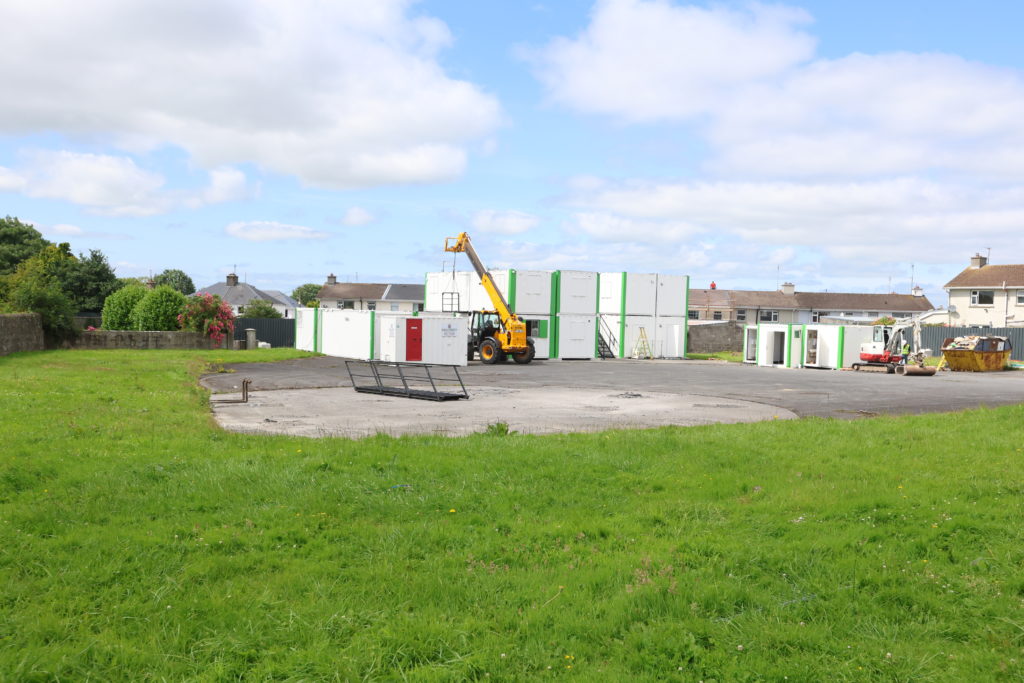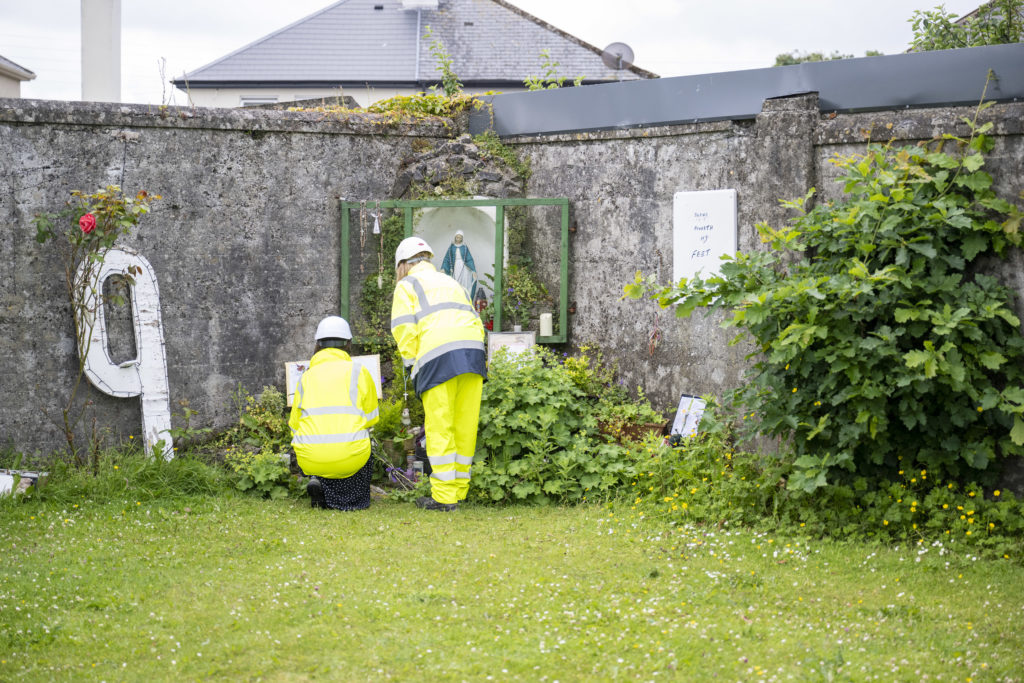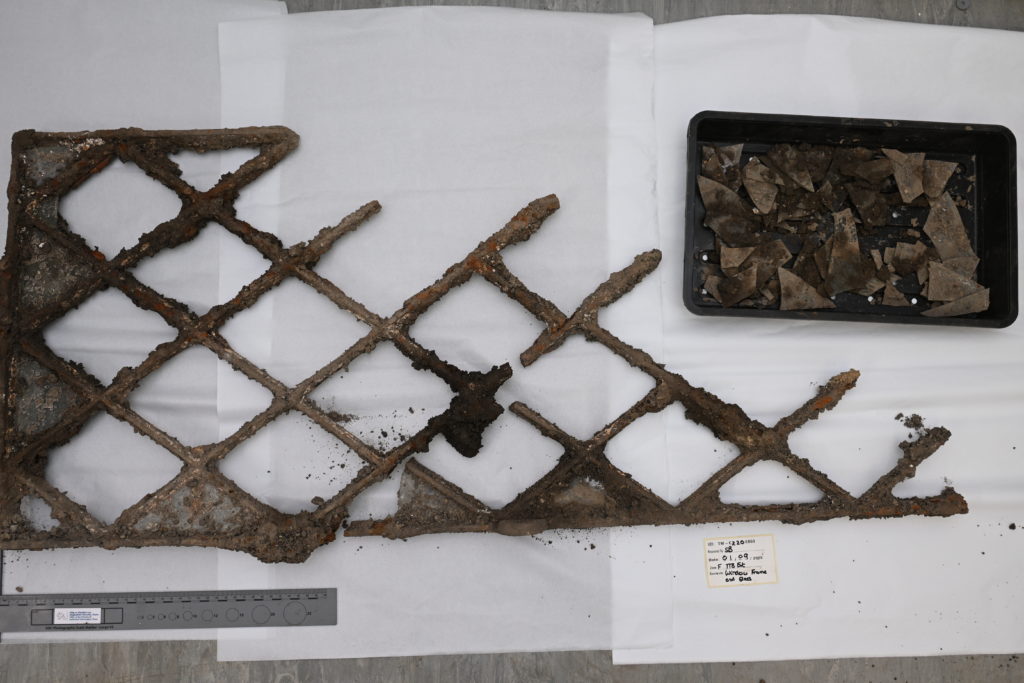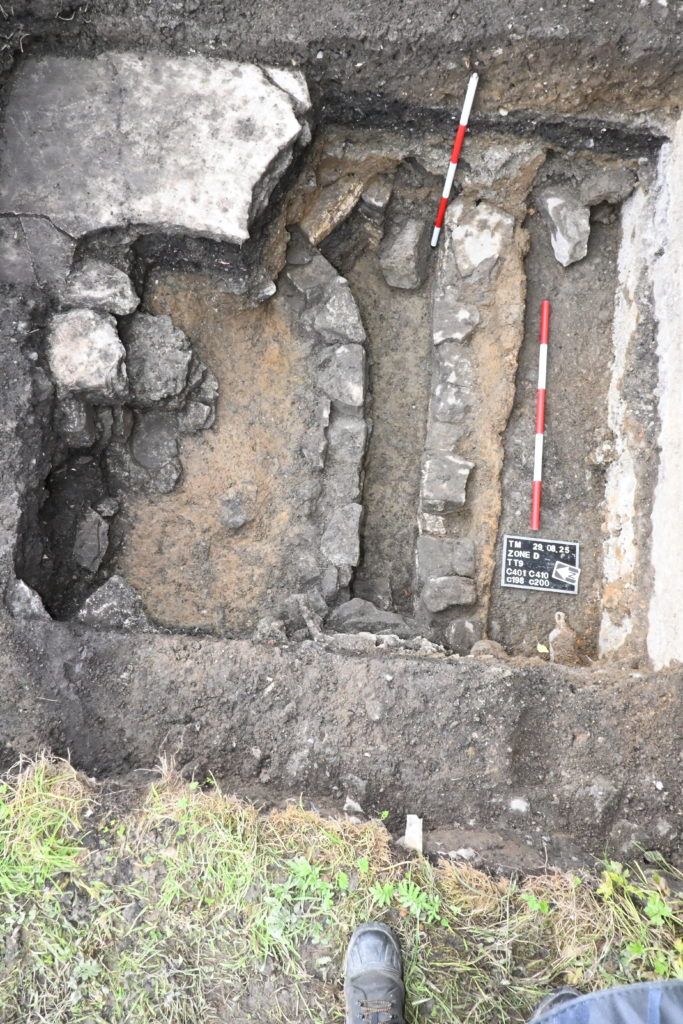FIVE sets of skeletal human remains have been found during the ongoing excavation of the site of a former mother and baby home in Tuam.
The remains have been dated to be from the period from 1841 to 1918 when the site in Co. Galway was in use as a workhouse.
This is prior to the time it operated as a mother and baby home, run by the Bon Secours nuns, from 1925 to 1961.
The excavation of the site, where 796 children are believed to be buried in a septic tank, got underway earlier this year on June 16.
 Excavation work got underway at the site in Tuam earlier this year (Pic: Rolling News)
Excavation work got underway at the site in Tuam earlier this year (Pic: Rolling News)It is expected to take 24 months in total to complete, under the direction of Daniel MacSweeney, who leads the Office of the Director of Authorised Intervention, Tuam (ODAIT)
From the start of works, the entire site, including a Memorial Garden, below which the septic tank is believed to be buried, has been accessible only to staff carrying out the works.
It has also been under 24-hour security monitoring.
 The entire site, including the Memorial Garden, is under forensic control and closed to the public for the duration of the works
The entire site, including the Memorial Garden, is under forensic control and closed to the public for the duration of the worksODAIT has issued regular updates on the progress of the excavation, with the latest, issued on October 3, confirming their most recent findings.
“Forensic excavation of the site of the former Mother and Baby Institution in Tuam continues,” they confirmed in their statement.
“In this reporting period, excavation has focused on three locations - the site of a former workhouse yard, a part of the site adjacent to the high stone boundary wall at the eastern side of the site and a part of the site where workhouse plans indicated a possible subterranean vaulted structure,” they confirmed.
 A window frame uncovered during the excavation work (Pic: ODAIT)
A window frame uncovered during the excavation work (Pic: ODAIT)Their excavations have “uncovered materials from four main eras in the site’s history” they added, which are its workhouse use in 1841 to 1918, military use in 1918 to 1925, institutional use, as a mother and baby home, from 1925 to 1961 and its “post-institutional use” since 1961.
“In locations where excavations have taken place to date, objects from all of these periods were identified and recovered, as well as objects from earlier ancient and unrelated dates,” the ODAIT confirmed.
“This highlights the complexity of the site,” they added.
“The excavations have recovered numerous objects including a window frame, personal and medicinal items dating from the institutional era, such as pottery, shoes, spectacles and glass baby bottle feeders,” they confirmed.
“Lower layers contained glass bottles, clay pipes, enamelled tableware and chamber pots of pre-institutional date,” they added.
 A stone lined drain has also been discovered during the dig (pic: ODAIT)
A stone lined drain has also been discovered during the dig (pic: ODAIT)Human remains have also been found.
“ODAIT expert osteoarchaeologists confirmed that five sets of historic, skeletal human remains consistent with the workhouse era (1841 to 1918) of this site were recovered from the area,” they said.
“Further human remains were uncovered at the end of the reporting period and forensic excavation continues,” they added.
The remains are currently undergoing analysis, the ODAIT has confirmed.
Animal bones have also been found during the excavation.
“We continue to retrieve large amounts of animal bone, likely from the institution, military and workhouse kitchens,” the ODAIT confirm.
“All evidence recovered is being photographed, catalogued and retained by ODAIT.”

